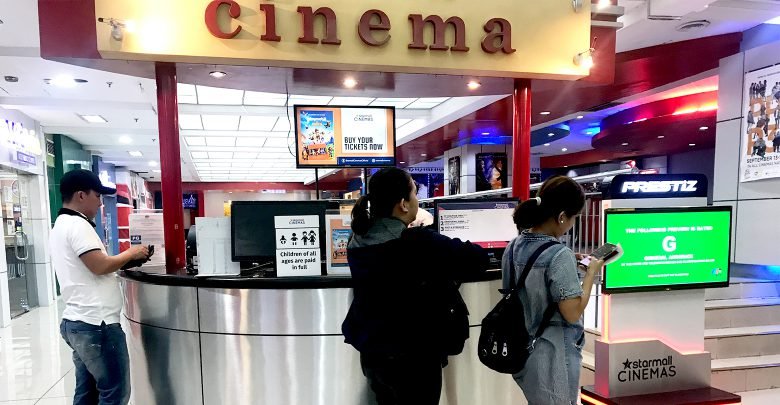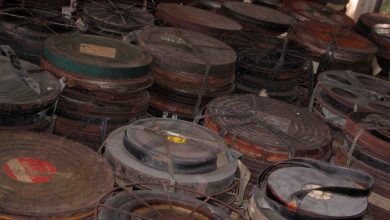
Philippine Cinema is Broken – Here’s How We Fix It
September 12 marks the start of the celebration of the Centennial Year of Philippine Cinema. Pursuant to Presidential Proclamation 622 released by President Rodrigo Duterte last year, this celebration is in honor of the “birth of Philippine Cinema.”
On this day in 1919, the film Dalagang Bukid by Jose Nepomuceno was released. This is the first Filipino-produced and directed feature film. It paved the way for a long and vibrant history of Filipino films that continues up to this day, one hundred years later.
Movies are a huge part of a country’s intangible heritage, and Filipino films are no exception. The industry would not have survived for this long without the brilliance of our local filmmakers, the support of cinema owners and production companies, and the continued patronage of the viewing public. It is a very intricate system comprised of a lot of stakeholders, each part contributing to the whole to ensure that the industry thrives.
A century later, there is so much to celebrate about the country’s film industry. However, there are also a lot of things to improve on.
FDCP’s efforts for local film
Now that the public has access to various platforms to watch films whenever and wherever they want, fewer and fewer audiences travel to cinemahouses to watch movies. Moreover, foreign films have been dominating theaters over the last few years. And so local films are now having to compete for viewership across platforms, and this has given birth to new battles for local stakeholders to fight.
Enter the Film Development Council of the Philippines (FDCP). The FDCP recently issued a Memorandum Circular to hopefully improve the languishing state of Filipino films. Spearheaded by FDCP Chairman Liza Diño, it aims to set new guidelines and policies in film screenings for cinemas nationwide.
Some provisions include moving the start of screening days for new films to Fridays, and providing equal screen time ratios between local and foreign films. These provisions aim to give Filipino films higher chances to be watched by moviegoers.
But less doesn’t always mean more
However, “giving less” to foreign films does not automatically give more to local films. FDCP did not only propose policies that overstep the viewing preferences and behaviors of the viewing public – they have also assumed that the problems of the local industry can be solved by just changing screening days.
Even with their good intentions, the FDCP memorandum’s solutions are far too simplistic and shortsighted to address the intricate issues of the Philippine film industry. They impulsively addressed only one out of the numerous concerns of the industry and did not even stop to think about the repercussions to other stakeholders.
Click here to subscribe to the Flying Ketchup Newsletter
Enough with band-aid solutions
This band-aid solution only covers the wounds and does not treat the symptoms at their source. The local film industry will only flourish once there are progressive policies in place that will mend the gaps it suffers from.
In attacking the root cause of the problem, it will be more valuable to pursue innovative, long-term solutions such as:
- Enforcing legitimate standards for Quality Assurance for films. FDCP and other governing bodies could serve as quality checkers in films up for theatrical releases, without meddling in the film’s production.
- Make more incentives available to the film sector for innovative storytelling, and provide more tangible support for the country’s culture and arts, in general.
- Channel funds to sponsor more modern technology for the industry to ensure films will be of higher quality.
- Provide financial support for proper marketing and timely distribution of local independent films. Define and support the avenues where indie films can be watched and distributed nationwide.
- Consider a radical tax-free system for local films.
We need better solutions and not surface-level policies that only provide temporary relief to deep-rooted symptoms. Ensuring better support for the local film industry will lead to better quality films, which means more support from audiences, and more box office sales.
Engage in true collaboration
The Centennial Year of Philippine Cinema celebration is the perfect opportunity for everyone to patronize Pinoy films and get involved in the discussions of its development. Besides the actors, cinema owners, filmmakers, movie producers, and experts, the viewing public should of course be a big part of this conversation.
We all want what’s best for this art form. This means engaging in true collaboration to develop the industry, where all stakeholders are given a say in creating lasting solutions.
Mabuhay ang Pelikulang Pilipino!




